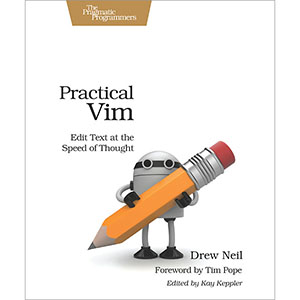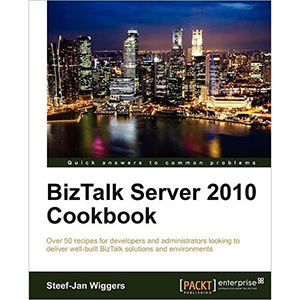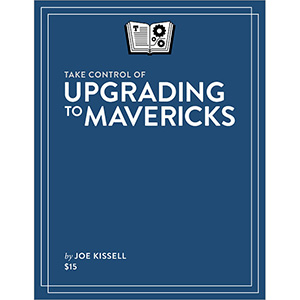Practical Vim

Vim, a vast improvement over its classic ancestor vi, is a serious tool for programmers, web developers, and sysadmins. No other text editor comes close to Vim for speed and efficiency; it runs on almost every system imaginable and supports most coding and markup languages.
Learn how to edit text the “Vim way”: complete a series of repetitive changes with The Dot Formula, using one keystroke to strike the target, followed by one keystroke to execute the change. Automate complex tasks by recording your keystrokes as a macro. Run the same command on a selection of lines, or a set of files.
Discover the “very magic” switch, which makes Vim’s regular expression syntax more like Perl’s. Build complex patterns by iterating on your search history. Search inside multiple files, then run Vim’s substitute command on the result set for a project-wide search and replace. All without installing a single plugin!
You’ll learn how to navigate text documents as fast as the eye moves—with only a few keystrokes. Jump from a method call to its definition with a single command. Use Vim’s jumplist, so that you can always follow the breadcrumb trail back to the file you were working on before. Discover a multilingual spell-checker that does what it’s told.
Practical Vim will show you new ways to work with Vim more efficiently, whether you’re a beginner or an intermediate Vim user.
All this, without having to touch the mouse.
What You Need
Vim version 7
Table of Contents
Chapter 1. The Vim Way
Part I: Modes
Chapter 2. Normal Mode
Chapter 3. Insert Mode
Chapter 4. Visual Mode
Chapter 5. Command-Line Mode
Part II: Files
Chapter 6. Manage Multiple Files
Chapter 7. Open Files and Save Them to Disk
Part III: Getting Around Faster
Chapter 8. Navigate Inside Files with Motions
Chapter 9. Navigate Between Files with Jumps
Part IV: Registers
Chapter 10. Copy and Paste
Chapter 11. Macros
Part V: Patterns
Chapter 12. Matching Patterns and Literals
Chapter 13. Search
Chapter 14. Substitution
Chapter 15. Global Commands
Part VI: Tools
Chapter 16. Index and Navigate Source Code with ctags
Chapter 17. Compile Code and Navigate Errors with the Quickfix List
Chapter 18. Search Project-Wide with grep, vimgrep, and Others
Chapter 19. Dial X for Autocompletion
Chapter 20. Find and Fix Typos with Vim’s Spell Checker
Chapter 21. Now What?
Book Details
- Paperback: 300 pages
- Publisher: Pragmatic Bookshelf (September 2012)
- Language: English
- ISBN-10: 1934356980
- ISBN-13: 978-1934356982














